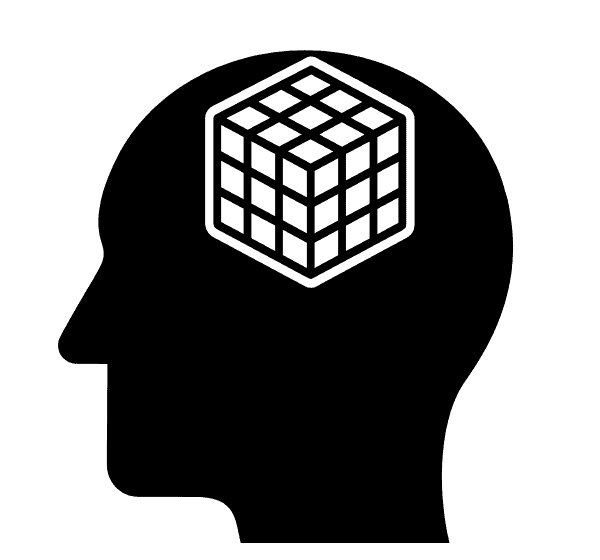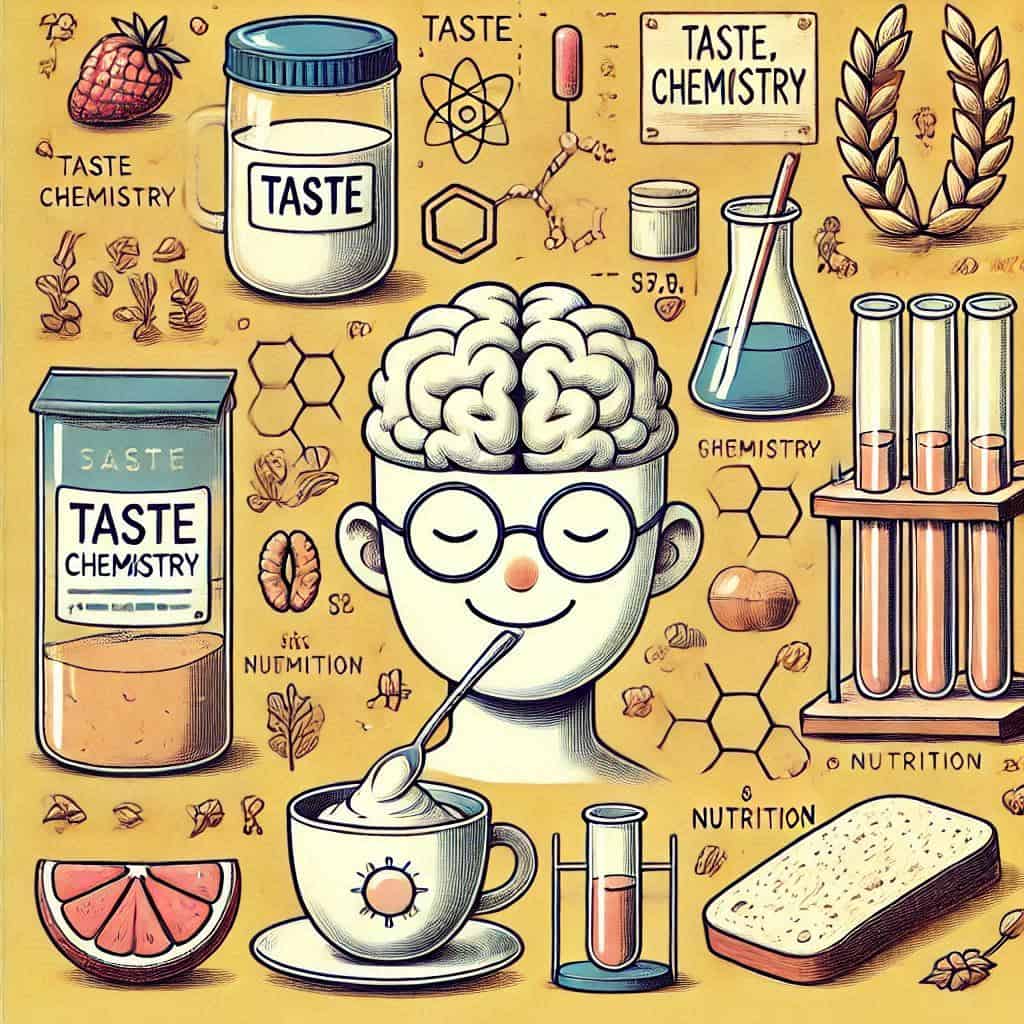Bicycles and Probability Theory Share a Secret
What can a physical object and a mathematical theory share. They are from distinct realms. Probability theory is not essential to make a bike.
Their shared secret is neither one was invented until centuries after the fundamentals on which each were based were known.
Bicycles

Back in Roman times, there were wheels and gears; but no one thought to put them together into a bicycle under the early 1800s. Yes, the Appian Way may have busted a bike rider’s buttocks, but we’ll never know because no one thought to make a bike until the 1800s.
Probability Theory
Since ancient Egypt, betting games using dice have been a popular pastime, but no one could understand how to apply numbers to the possibilities. Something either happened or it did not. There was no intermediate position.
Until Blaise Pascal and Pierre de Fermat in the 17th century. They showed useful mathematical results arose from considering the likelihood of throwing die before it was done.
Today, probability is used where knowledge is uncertain or incomplete.
Delayed Invention Logical Implication
Both the creativity to make a bike and the insight to assess the chances in life waited a long time for a particular person to come and put the elements together in a useful collection that we now take for granted.
For more than a millennium, we were limited to horses, mules, and a few other animals to help us travel when we could have breezed by on our bikes. In the intellectual world, we lacked an essential tool to plan for events with statistical regularity.
A secret revealed: that logic does not magically reveal all consequences embedded in its premises.
Additional Information
Citation: Bing (DALL-E) drew the image of the strange bicycle.
Logic and Illogic


